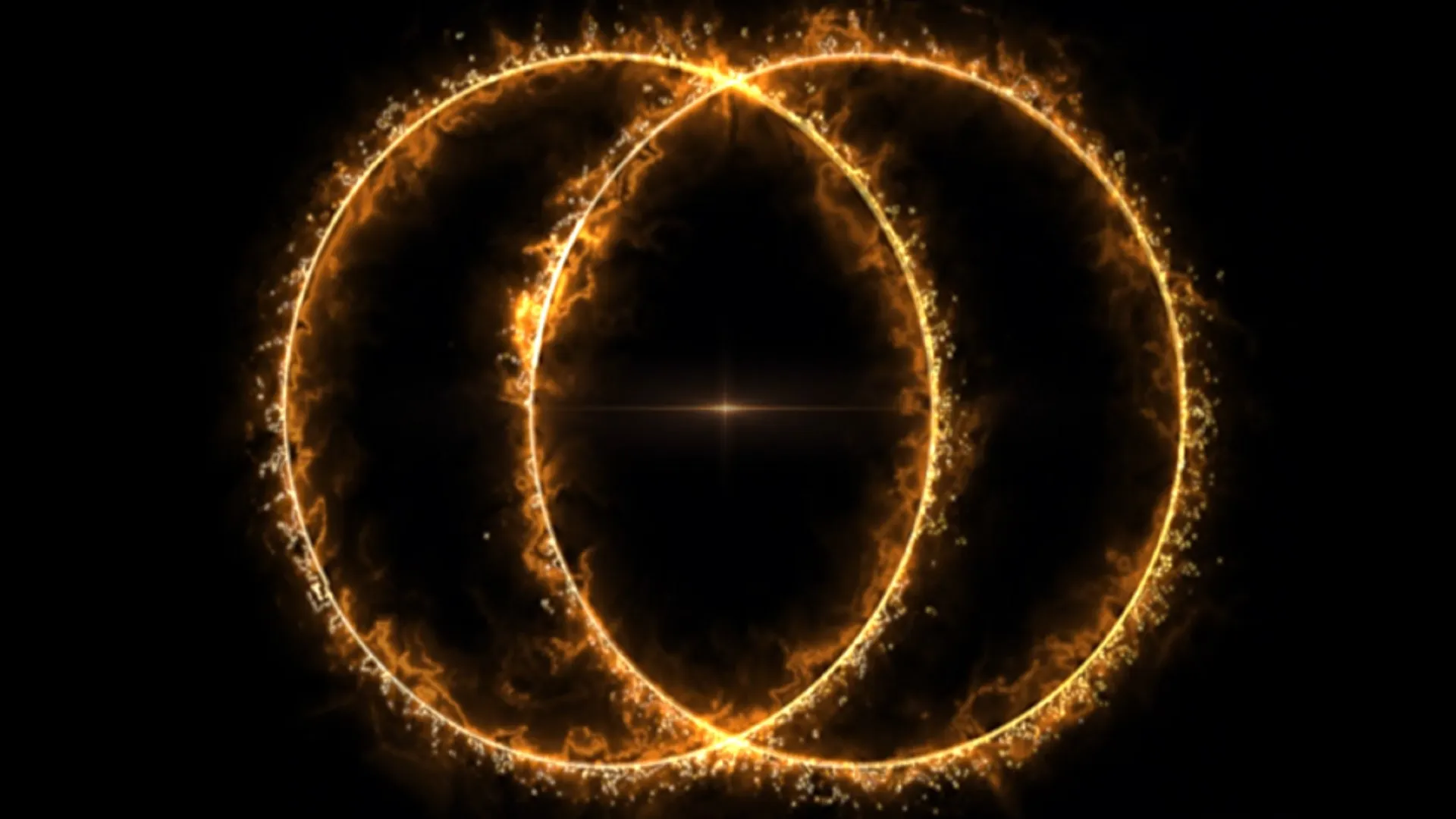
A giant cosmic mystery just got bigger.
Astronomers have spotted the most distant and most powerful “odd radio circle” (ORC) ever recorded, deepening the puzzle of these rare celestial rings.
ORCs were first identified only six years ago, and so far, just a few have been confirmed. They are enormous, faint, ring-shaped structures of radio emission, often stretching 10–20 times the size of our Milky Way.
Unlike ordinary galaxies, they glow only in radio light, produced by relativistic, magnetised plasma.
Earlier theories suggested ORCs might form from shockwaves unleashed when supermassive black holes or galaxies collide. But a new study points in a different direction, linking them instead to superwind outflows from spiral host galaxies.
Citizen science breakthrough
The discovery was made by researchers from the University of Mumbai using the RAD@home Astronomy Collaboratory citizen science platform, alongside the Low-Frequency Array (LOFAR), the world’s largest radio telescope at low frequencies.
The newly identified source, RAD J131346.9+500320, sits at a redshift of ~0.94—when the universe was only half its current age.
That makes it both the farthest and most powerful ORC known so far. Adding to the intrigue, it contains two intersecting rings, only the second such case ever found.
Dr Ananda Hota, founder of RAD@home, said: “This work shows how professional astronomers and citizen scientists together can push the boundaries of scientific discovery. ORCs are among the most bizarre and beautiful cosmic structures we’ve ever seen – and they may hold vital clues about how galaxies and black holes co-evolve, hand-in-hand.”
RAD J131346.9+500320 is also the first ORC discovered by citizen scientists and the first identified with LOFAR.
Colossal cosmic structures
Alongside this record-breaking ORC, two other cosmic giants were uncovered. One, RAD J122622.6+640622, spans nearly three million light-years—25 times the Milky Way’s size.
Its jet bends sharply, blasting a huge radio ring about 100,000 light-years wide. The second, RAD J142004.0+621715, stretches across 1.4 million light-years and also forms a striking radio ring at the end of one of its jets.
Both lie within crowded galaxy clusters, where their jets likely interact with million-degree hot plasma, sculpting these unusual shapes. All three new objects sit in clusters weighing about 100 trillion Suns, hinting that black hole jets colliding with dense cosmic environments may be central to their formation.
Co-author Dr Pratik Dabhade, of the National Centre for Nuclear Research in Warsaw, said: “These discoveries show that ORCs and radio rings are not isolated curiosities – they are part of a broader family of exotic plasma structures shaped by black hole jets, winds, and their environments. The fact that citizen scientists uncovered them highlights the continued importance of human pattern recognition, even in the age of machine learning.”
Future telescopes such as the Square Kilometre Array are expected to reveal many more ORCs. Combined with surveys like DESI and the Rubin Observatory’s LSST, astronomers hope to finally trace how these strange rings emerge and evolve.



